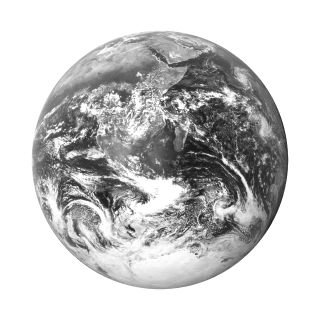

© Sam Dean/Visit Virginia
Overview
Virginia is steeped in history and tradition. It's the birthplace of the United States, and has played a lead role in nearly every major American drama, from the Revolutionary War to the Civil Rights movement.
Leave the planning to a local expert
Experience the real Virginia. Let a local expert handle the planning for you.
Must-see attractions
Planning Tools
Expert guidance to help you plan your trip
Best Things to Do
A popular shore destination for families, Virginia Beach has lots to offer. Here’s our roundup of the best things to do in Virginia Beach.
Read full article
Best Places to Visit
If you want to get to know Virginia, these are the best places to visit to get to know the birthplace of the USA.
Read full article
Free Things to Do
Virginia presents a wealth of things to see and do, and many of them are free. Here's our guide to the very best.
Read full article
Best Road Trips
From majestic tours of the Blue Ridge Mountains to easy getaways in the DC area and beyond, we’ve compiled a list of the best road trips in Virginia.
Read full article
in partnership with getyourguide
















